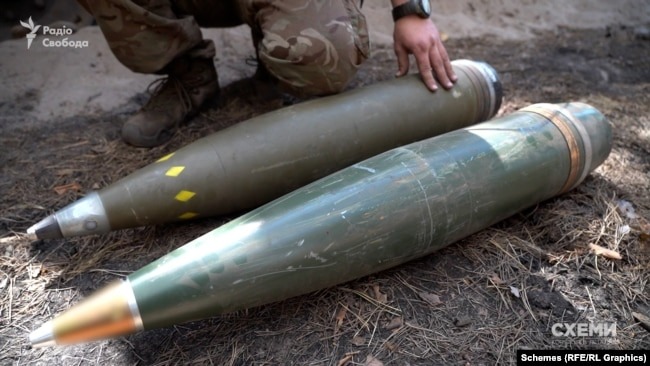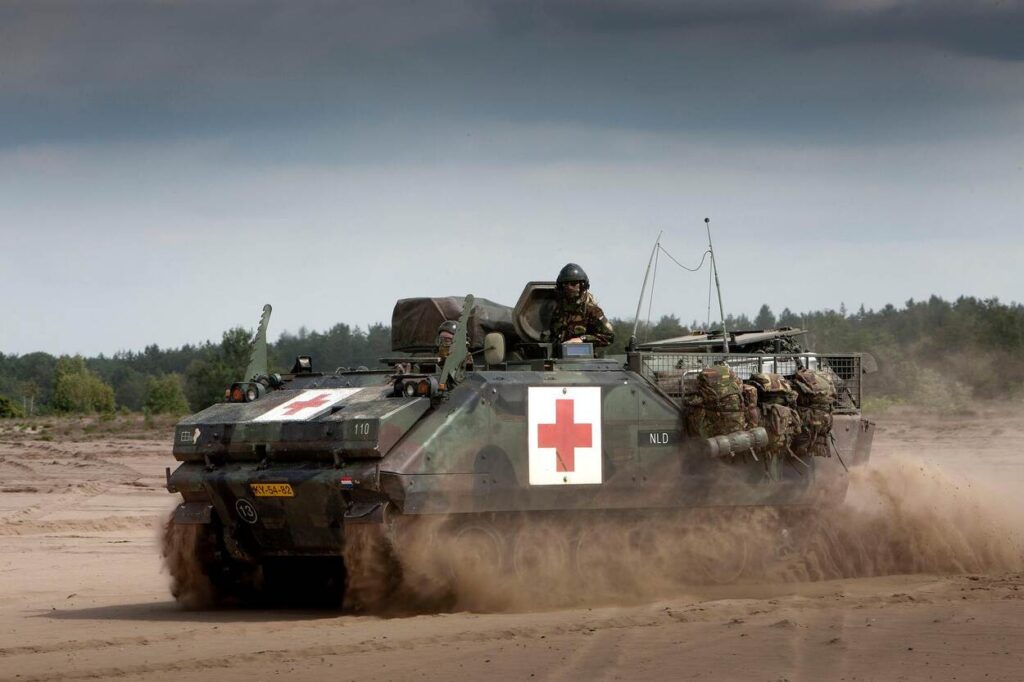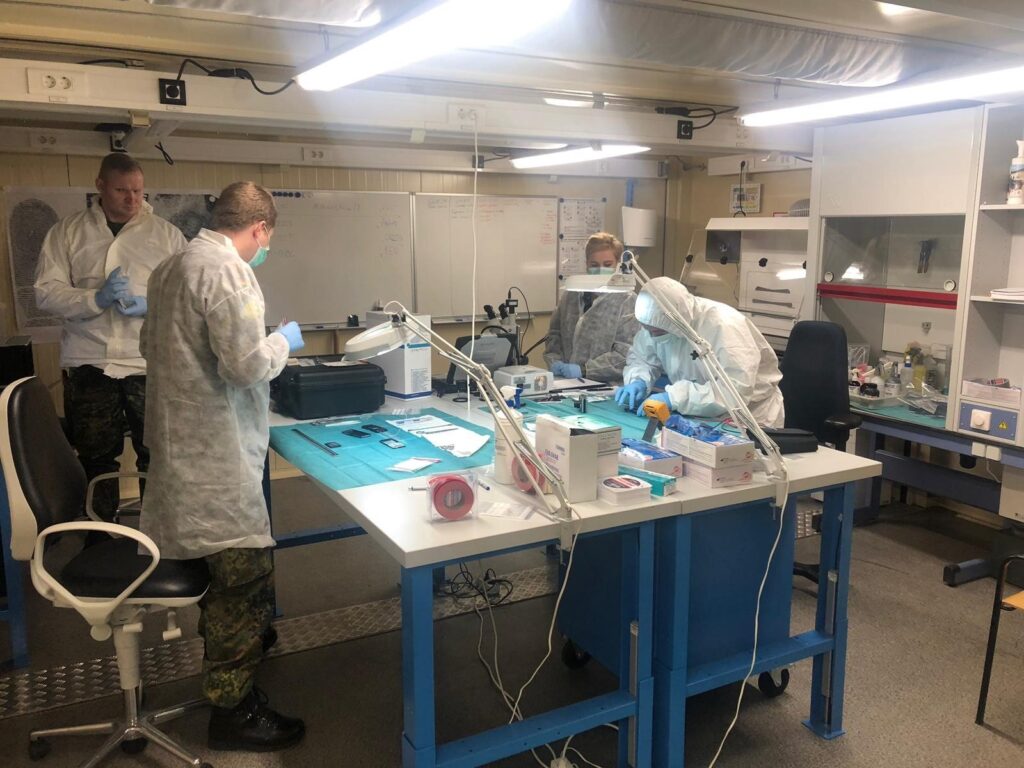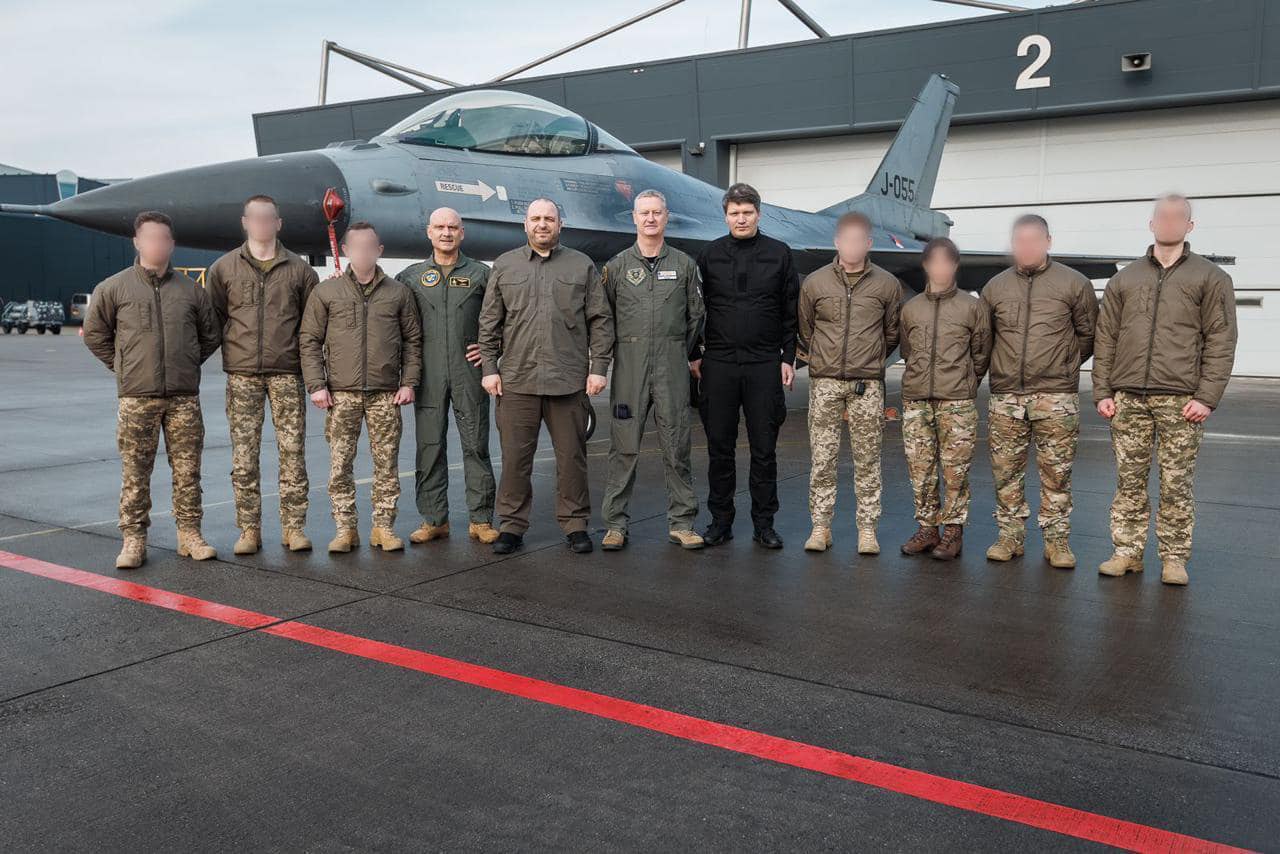As Russia’s full-scale invasion of Ukraine grinds on, the Netherlands has emerged as one of Kyiv’s most reliable partners — both on and off the battlefield. Dutch support includes billions of euros in aid and advanced military equipment such as F-16 fighter jets, Patriot missile systems, and Leopard 2 tanks.
In March 2024, the Netherlands and Ukraine signed a 10-year bilateral security agreement, establishing a long-term framework for military, humanitarian, and political cooperation. Since then, Dutch assistance has gone far beyond promises — becoming one of the most impactful commitments Ukraine has received from any European country.
In cooperation with the Ukrainian think tank Dnistrianskyi Center, Euromaidan Press publishes an English-language adaptation of Dariia Cherniavska’s analysis exploring how the Netherlands is helping Ukraine defend itself, rebuild what’s been destroyed, and fight for justice on the global stage.
Dutch military aid: F-16s, Patriots, and tanks
In 2024 alone, Dutch military assistance to Ukraine exceeded €3 billion, far surpassing its initial pledge of €2 billion outlined in the bilateral security agreement. This made the Netherlands one of the EU’s leading providers of military aid to Ukraine that year.
A major milestone came with the transfer of F-16 fighter jets. The Netherlands delivered the first two batches of the pledged 24 aircraft and authorized their use in defensive operations on Russian territory — a strategic game-changer.
Other critical deliveries included:
- Patriot missile defense systems
- Long-range missiles and advanced radar
- Leopard 2 tanks, artillery, and armored vehicles
- Combat drones and naval equipment.

The Netherlands also contributed to multilateral coalitions — including air, drone, and armored capabilities — alongside partners like Germany, Denmark, and Sweden.
Additionally, the Dutch Ministry of Defense committed over €520 million to the Czech-led initiative to supply Ukraine with hundreds of thousands of 155mm artillery shells and six DITA self-propelled howitzers.
Beyond equipment, the Netherlands played a key role in training Ukrainian forces. Dutch instructors participated in the EU’s EUMAM Ukraine mission, with 255 personnel training troops in Germany, and in the UK-led INTERFLEX, where 350 Dutch instructors prepared Ukrainian recruits.
The Netherlands also trained F-16 pilots and aviation technicians, and sent 18 F-16s to a training center in Romania, where both Romanian and Ukrainian pilots are currently being trained. By the end of 2024, these combined efforts — involving the Netherlands and allied countries — had helped train over 120,000 Ukrainian service members.
Boosting Ukraine’s defense industry
Beyond the battlefield, the Netherlands is investing in Ukraine’s defense-industrial sector. In 2024, Dutch and Ukrainian companies signed cooperation agreements for drone production, radar technology, and artificial intelligence–based defense systems.
While Dutch defense firms aren’t yet manufacturing inside Ukraine, financial and technical support is laying the groundwork for future domestic production — reducing Ukraine’s dependence on foreign arms in the long term.

Using frozen Russian assets to fund Ukraine’s defense
In 2024, the Netherlands supported the European Union’s effort to reallocate profits from frozen Russian assets to Ukraine. This delivered €1.5 billion in funding, directed toward air defense systems, artillery, and local arms production.
In late October 2024, the EU approved a loan of up to €35 billion to Ukraine as part of the G7’s “Extraordinary Revenue Acceleration” (ERA) initiative, which aims to raise $50 billion using income generated from frozen Russian assets, including those of the Russian Central Bank.
The first tranche — €3 billion — was disbursed in January 2025 to cover Ukraine’s priority budget needs. Over the course of 2025, Ukraine is expected to receive the full €35 billion under the ERA and Ukraine Facility programs.
The Netherlands continues to actively support this mechanism.
Cyber defense: A new battlefield
The Netherlands has also become a key player in protecting Ukraine’s digital front lines. In partnership with the IT Coalition and Tallinn Mechanism, the Dutch government supported Ukraine’s efforts to defend critical infrastructure, communications, and government systems.
By early 2025, Dutch-backed cyber assistance had delivered:
- €482 million in cyber defense funding
- Advanced data centers and secure communications systems
- Tools to counter Russian cyber operations and espionage.
Humanitarian demining and naval safety
Landmines remain one of the most lethal threats across Ukraine’s liberated territories. To address this, the Netherlands co-financed a $700 million international demining initiative, funded training for Ukrainian veterans, and transferred two minehunter ships — Zr.Ms. Makkum and Zr.Ms. Vlaardingen — to strengthen Ukraine’s naval demining capabilities.
These efforts are saving lives and restoring safe access to farmland, transport routes, and residential areas.

Rebuilding Ukraine’s energy grid
As Russia continues to target Ukraine’s energy infrastructure, the Netherlands has stepped in to provide critical support. In 2024 and early 2025, the Dutch government:
- Contributed over €200 million in recovery funding
- Supplied 157 emergency generators
- Shipped 2,400 tons of technical energy equipment.
This aid helped Ukraine avoid mass blackouts during key periods of Russian attacks and ensured power could be restored in targeted cities.
Medical support and humanitarian relief
Healthcare remains a major priority in Dutch aid. In 2024, hundreds of Ukrainian medics received trauma training through Dutch-led programs. Thousands of injured civilians and soldiers were also medically evacuated — with the Netherlands among the top receiving countries.
In early 2025, the Netherlands delivered 25 armored medical evacuation vehicles and committed €25 million to humanitarian and mental health support through UN agencies and international partners.
It also remained active in broader European aid mechanisms focused on medical evacuation, support for displaced civilians, and war-related trauma care.

Fighting for justice: The legal front
The Netherlands has taken a leading role in holding Russia accountable for its actions in Ukraine. In 2024, it hosted the international Restoring Justice for Ukraine conference and co-authored the initial framework for a special tribunal on the crime of aggression.
Dutch authorities have also:
- Deployed a mobile forensic lab to Ukraine (JDEAL – Joint Deployable Exploitation and Analysis Laboratory) to support on-site documentation and investigation of war crimes
- Contributed to efforts that helped return nearly 600 Ukrainian children abducted by Russia
- Invested in evidence collection and international legal cooperation
- Backed initiatives to intensify sanctions on Russia and its enablers, identify legal pathways for using frozen Russian assets to support Ukraine, and establish a tribunal — to be hosted in the Netherlands — for prosecuting Russia’s aggression.
In February 2025, the Netherlands and its partners helped lay the tribunal’s legal foundation by contributing to the Schuman Statute — the proposed charter outlining the tribunal’s jurisdiction, structure, and procedures.
A lasting partnership for victory and reconstruction
The Netherlands isn’t just helping Ukraine survive — it’s helping it rebuild. With sustained military, economic, and legal support, Dutch contributions are shaping Ukraine’s future on every front.
From supplying F-16s to funding war crime investigations, this partnership is a powerful example of democratic solidarity in action. As the war continues, Ukraine can count on the Netherlands not just as a donor — but as a strategic ally committed for the long haul.

Why the Netherlands’ role matters now
As the world watches the war in Ukraine unfold, the Netherlands has proven that sustained support matters — and that mid-sized democracies can punch well above their weight. With every shipment of aid and every legal action taken, Dutch support sends a message: Ukraine is not alone.
The Netherlands–Ukraine partnership shows how long-term international commitments can directly strengthen a country’s military, resilience, and legal defense during wartime.
About Ukraine’s security agreements
The Netherlands is one of many countries that have formalized long-term commitments to Ukraine through bilateral security agreements. By February 2025, Ukraine had signed 29 such agreements — including 27 with signatories of the G7 Joint Declaration, one with the European Union, and one with Croatia, which joined via a separate pathway.
These agreements stem from the Joint Declaration of Support for Ukraine, signed on 12 July 2023, during the NATO summit in Vilnius. While they represent a coordinated effort to provide sustained military and political backing, they are also seen as interim substitutes for Ukraine’s long-standing goal of joining NATO — a goal that remains unfulfilled, as the Alliance continues to offer partnership frameworks instead of a clear accession timeline.
Read also
-
Netherlands commits over $ 500 million to Ukrainian drone development program
-
Netherlands pledges € 65 million to Ukraine’s Energy Fund while delivering 3,000 tons of critical equipment
-
Netherlands helps Ukraine track war criminals with advanced mobile laboratory
-
Ukraine expects new F-16 delivery from Netherlands in 2025


